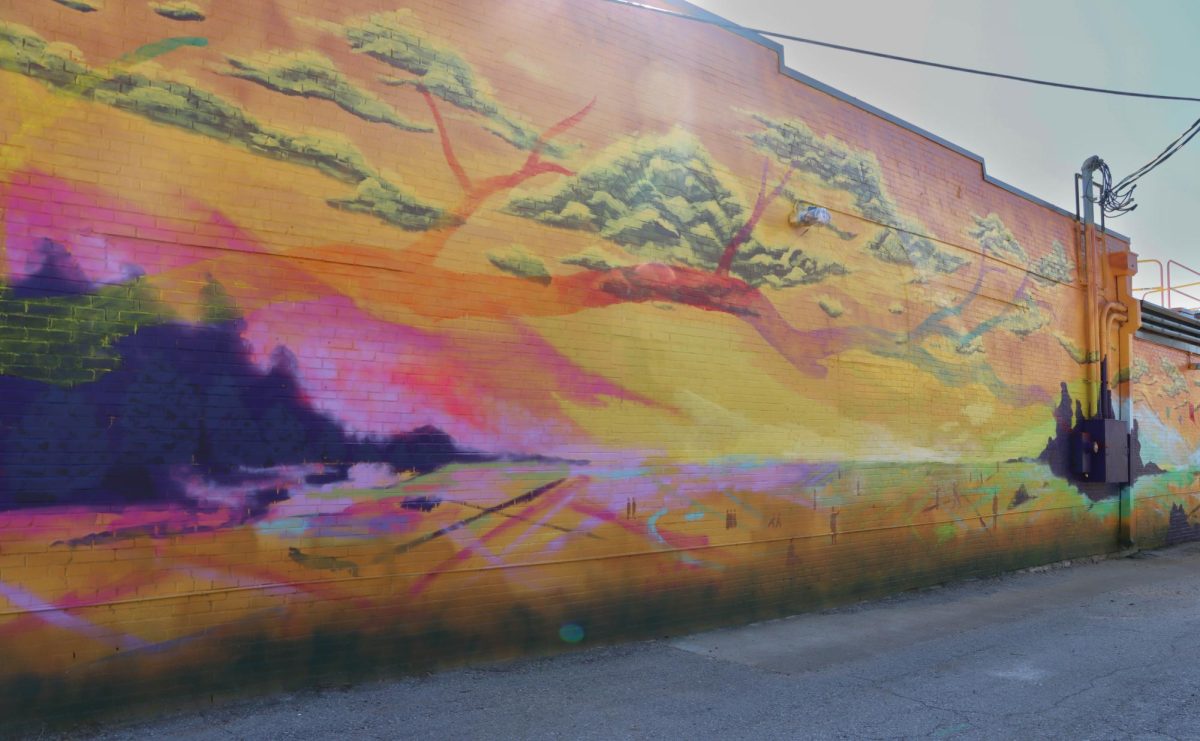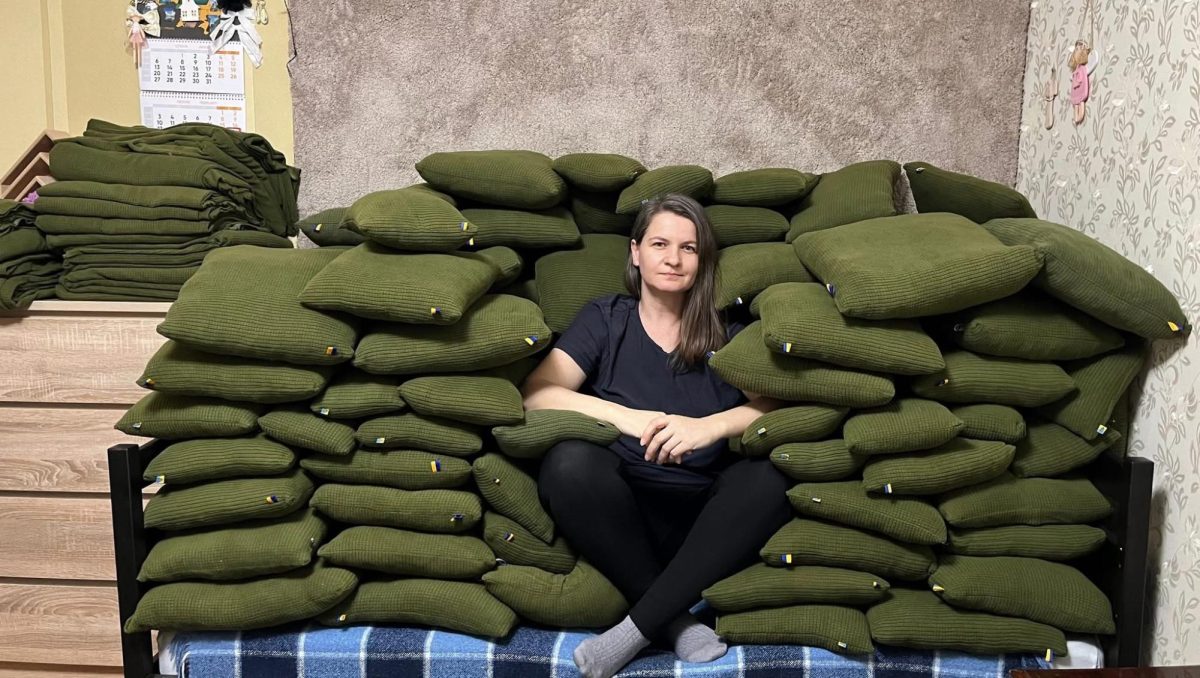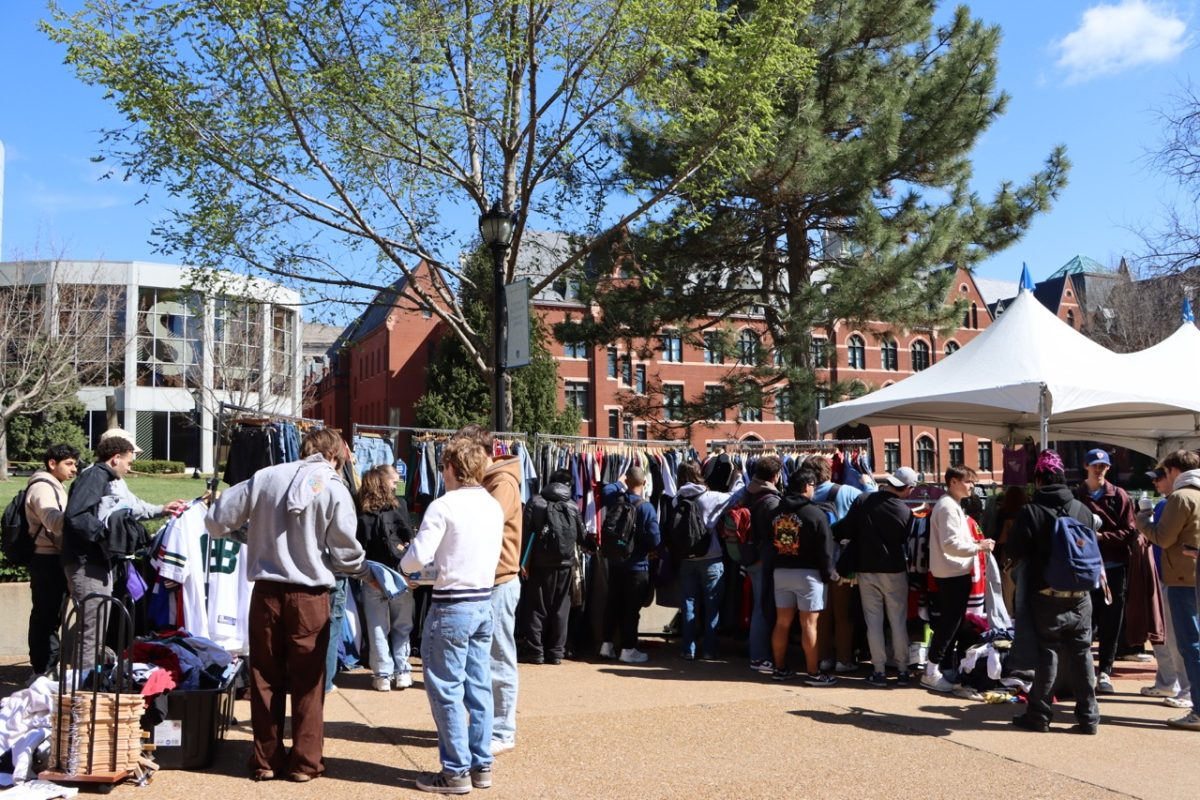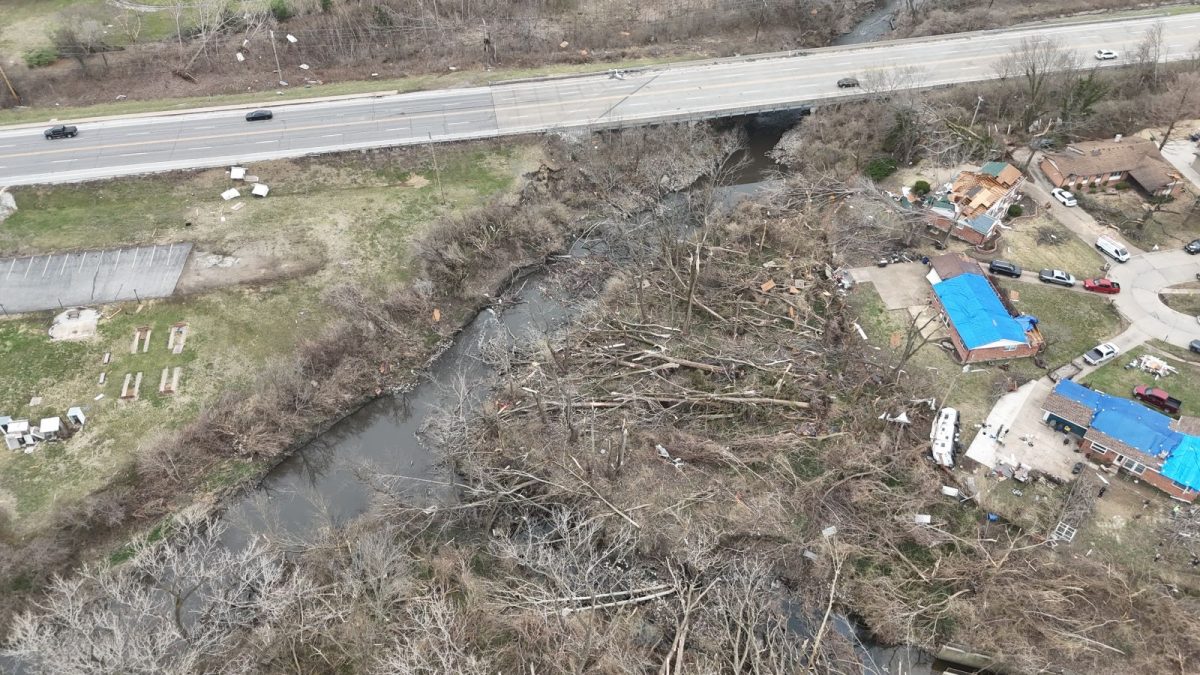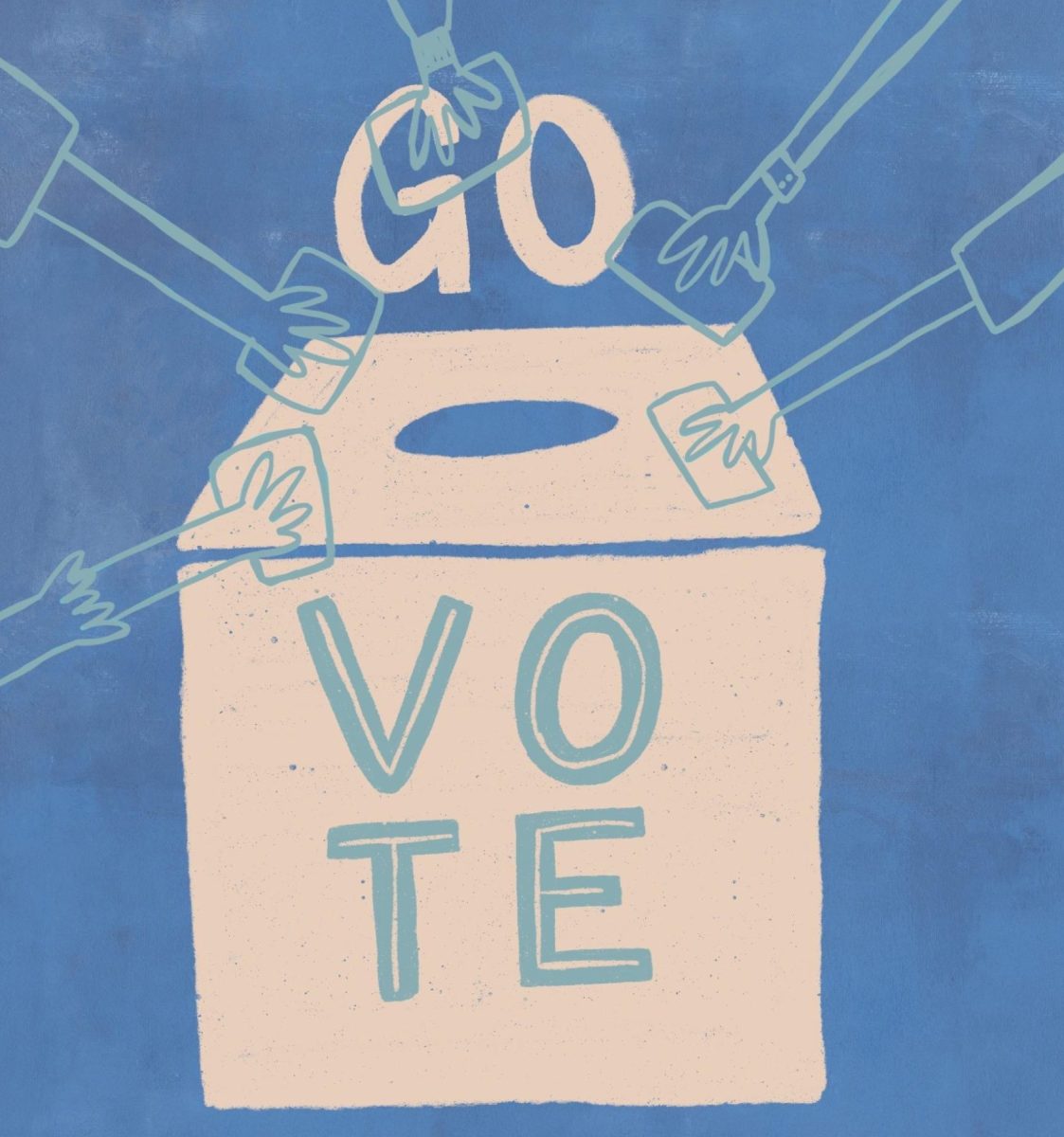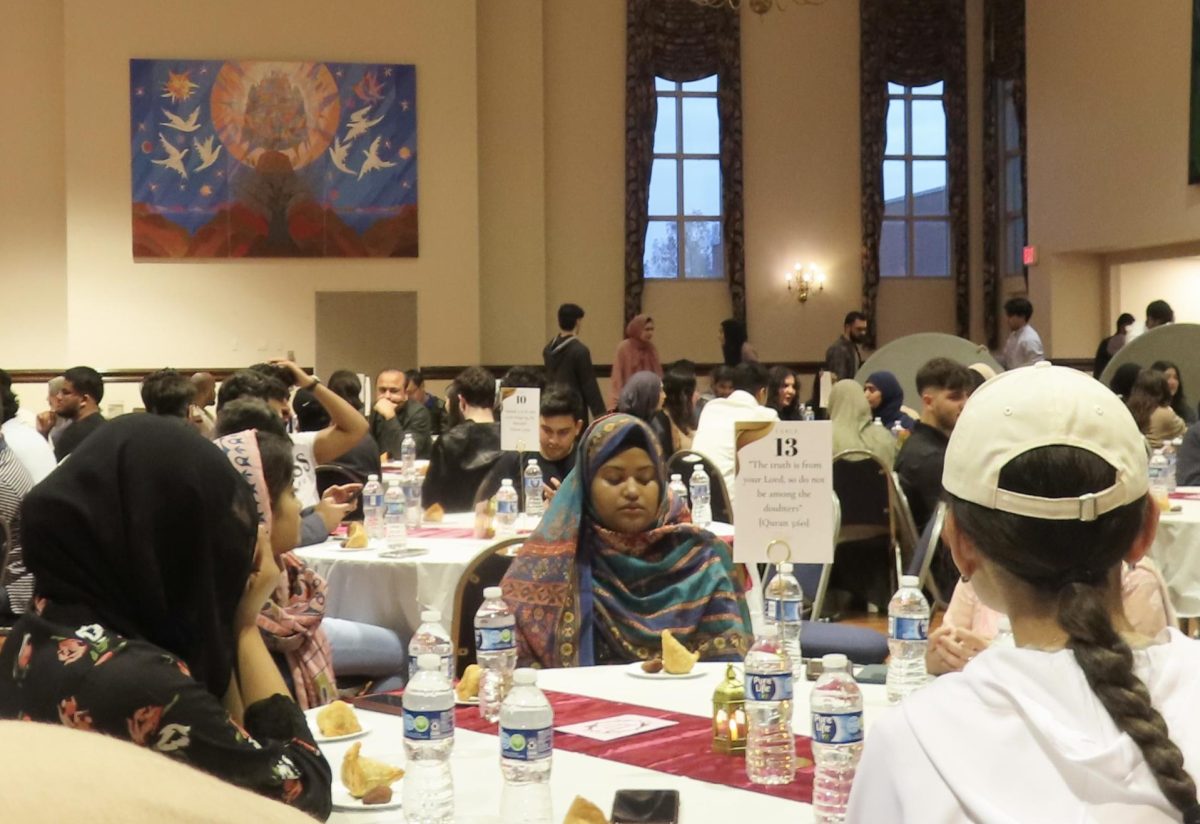Members of the Saint Louis University Health Sciences campus have been awaiting the completion of a new outdoor recreation complex and education union at the Medical Center since last year. This summer, their anticipation will come to an end.
“We are very excited about the growth down here,” Vice President of the Health Sciences campus and Dean of the School of Medicine Philip Alderson said when the project began.
The growth, which includes a 30,000-square-foot Education Union and NCAA regulated stadium, is expected to be completed in June, University President Lawrence Biondi, S.J., said in his April message.
“Right now, I have all but one of my classes on the medical campus, so I am over there a lot,” Caitlin McCumber, a freshman in the School of Nursing, said. “Every time I see the progress that has been made on it, I get more and more excited.”
McCumber said next year all of her classes will be held on the Health Sciences campus, and it will be nice to have a designated place to do homework.
The Education Union plans include study space, a student lounge, a 225-seat computerized lecture hall, a cafe and a state-of-the-art Patient Simulation Center. Students can use one of the eight patient simulation labs to practice skills with actors as ill patients. The Education Union will also be home to the Office of Inter-Professional Education, allowing students from the various colleges at the Medical Center to combine resources and to collaborate.
“I think [the Education Union] will offer a great place to study, hang out with friends, grab lunch or just to wait in between classes,” Caitlin Spiller, a freshman in the Doisy College of Health Sciences, said.
The outdoor recreation complex, expected to be completed around the same time as the Education Union, includes a NCAA regulated soccer field and an eight-lane track. The bleachers in the stadium are projected to hold approximately 600 spectators.
“There are a lot of universities and colleges cutting track and field programs,” Track and Field Coach Jon Bell said. “We are one of the first in the past decade to not only add a track and field team but also to add a facility.”
As of now, the track and field athletes practice at Cardinal Ritter High School, located just north of campus. Bell said that while Cardinal Ritter is close to campus, it has been challenging to meet both the high school’s needs and the University’s needs when sharing a space.
“It will be nice to have our own home,” Bell said, explaining the benefits of the recreation complex. Not only will students be able to play in front of their friends and family, Bell said, but the University will also save money when hosting home meets, as travel and other accommodations will not need to be met as often.
Bell said that he expects the University to be hosting home meets within two years. He is currently submitting bids to the University to fund the necessary equipment for home meets, and the Athletic Department may be able to afford the equipment within the next year. Equipment could cost up to $150,000 depending on the company vending the products to the University.
Even with the proper equipment, Bell said he doubts that the University will be ready to host home meets next year without recruiting officials and volunteers to work at the meets, a process he said could take up to two years. While Bell said he would like to see many of the officials and volunteers come from the immediate University family, he is also reaching out to track and field fans from the St. Louis community. Officials must be trained and certified by USA Track and Field, while volunteers can freely participate in tasks like posting scores, placing starting blocks on the track and counting laps in races.
Bell said his favorite aspect of the outdoor complex is its view of the St. Louis skyline and the Arch, and he said he will be excited to see it during the first home meet.
“The facility legitimizes everything we are doing within the Athletic Department,” Bell said. “We are thankful of Fr. Biondi and his senior staff for committing to doing this project. We are going to make sure we get our use out of it.”
The recreation complex will be open to all members of the University community, including those on the Frost campus.
However, there is concern that the recreation complex and the Education Union at the Medical Center will further the separation between the Health Sciences campus and the Frost campus.
“I am very much an advocate of the University as one large campus. I would like to have students from the north campus feeling welcome to this side of campus,” Alderson said. “We believe students will get a lot out of having a facility where they can relax and get that sense of community.”




